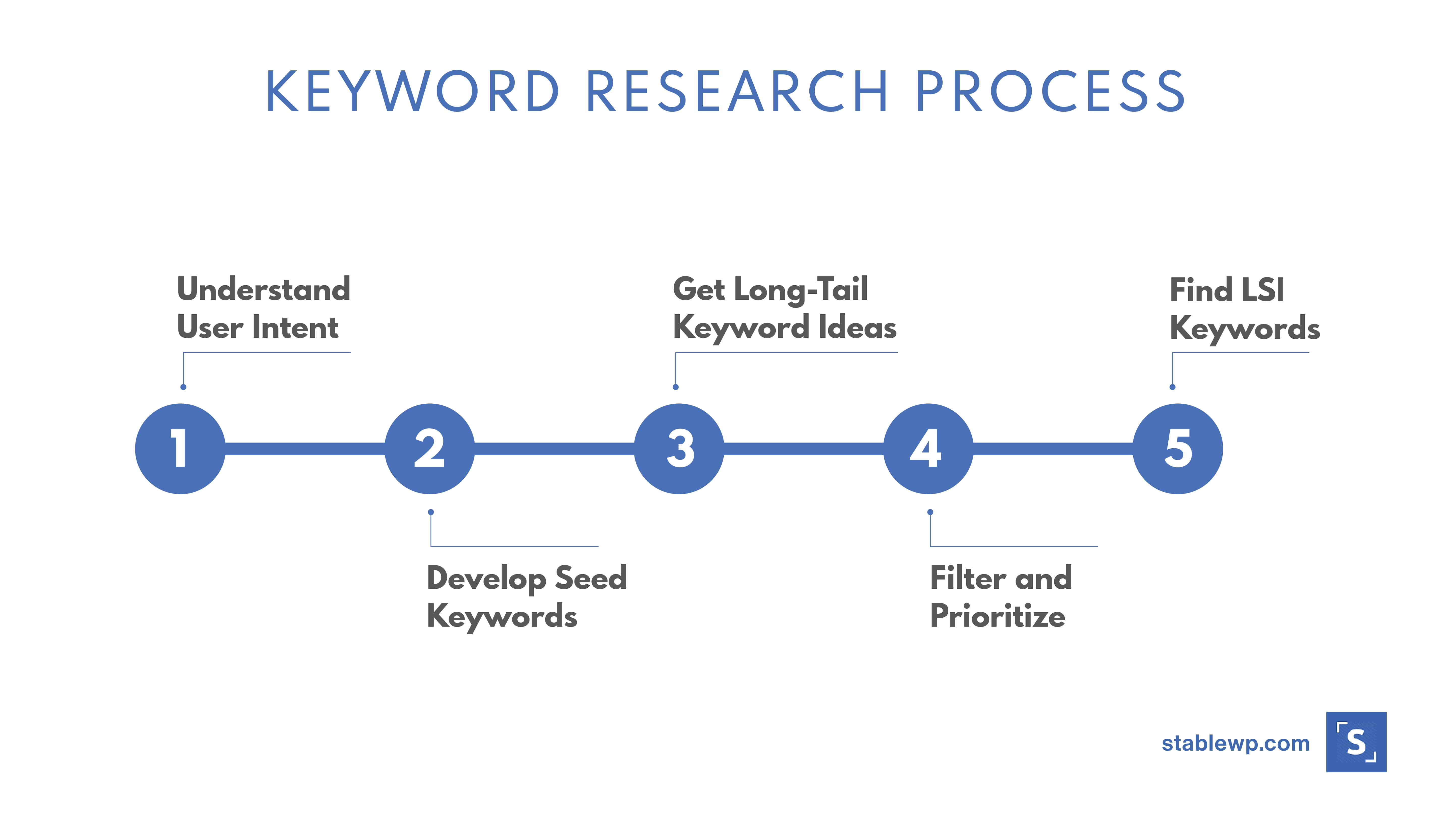Tube Rank: Your Guide to Video Success
Discover tips and insights for optimizing your video presence.
Keyword Research: Digging for Gold in a Sea of Data
Uncover hidden gems in your niche! Master keyword research and transform data into traffic gold. Dive in now!
The Ultimate Guide to Keyword Research: Techniques and Tools for Success
Keyword research is the cornerstone of effective SEO. It involves identifying and analyzing terms that users enter into search engines, helping you to understand the search intent behind them. To begin, you can use tools like Google Keyword Planner, Ahrefs, and SEMrush to uncover keywords that not only have high search volumes but also align well with your content goals. A solid approach to keyword research includes:
- Identifying Seed Keywords: Start with broad topics relevant to your niche.
- Expanding Your List: Utilize keyword suggestion tools to generate long-tail variations.
- Analyzing Competition: Evaluate which pages currently rank for your chosen keywords.
- Assessing Search Intent: Ensure the keywords match what users are actually looking for.
Once you have a comprehensive list of keywords, it’s crucial to organize and prioritize them based on metrics like search volume, demand, and competition. Tools such as Ubersuggest and Keyword Tool offer insightful data that can help refine your strategy. Incorporating keywords naturally into your content, headers, and meta tags will enhance your on-page SEO effectiveness. Remember that successful keyword research is an ongoing process; regularly revisit your keyword strategy to adapt to evolving trends and competition. By leveraging these techniques and tools diligently, you pave the way for better search engine visibility and increased organic traffic.

Top 10 Keyword Research Mistakes to Avoid for Better SEO
When it comes to optimizing your content for search engines, keyword research is a critical step that should not be overlooked. However, many bloggers and website owners fall into common traps that can hinder their SEO efforts. One of the biggest mistakes is ignoring user intent. It's not enough to simply choose high-volume keywords; understanding what users are looking for when they search for those keywords is essential. For example, a keyword like 'best hiking trails' might attract traffic, but if your content doesn't align with the specific needs of users interested in that topic, it can lead to high bounce rates and poor engagement.
Another frequent error in keyword research is failing to use long-tail keywords. Short, generic keywords may seem appealing due to their search volume, but they are often highly competitive and can make it difficult for your content to rank. Instead, incorporating long-tail variations, which are typically less competitive and more specific, can greatly enhance your chances of ranking well in search results. For instance, instead of targeting 'shoes,' consider focusing on 'best running shoes for flat feet.' Keeping these mistakes in mind will help you craft a more effective keyword strategy and ultimately lead to better SEO outcomes.
How to Identify Long-Tail Keywords That Drive Targeted Traffic
Identifying long-tail keywords is essential for driving targeted traffic to your blog. These keywords are typically longer phrases that are more specific and less competitive than generic keywords. Start by brainstorming topics related to your content; think about the questions your audience might be asking. Use tools like Google Autocomplete and Answer The Public to discover common queries. Additionally, analyze your competitors' content to see which long-tail keywords they are targeting. This research will help you uncover phrases that resonate with your audience and align with their search intent.
Once you have a list of potential long-tail keywords, it's crucial to evaluate their effectiveness. You can use keyword research tools such as SEMrush or Ahrefs to assess search volume, competition, and relevance. Focus on long-tail keywords with a decent search volume but low to medium competition, as these are more likely to bring in targeted traffic. Finally, implement these keywords naturally within your blog posts, using them in titles, headings, and throughout the content. By strategically incorporating long-tail keywords, you can enhance your SEO efforts and attract an audience that is genuinely interested in what you have to offer.